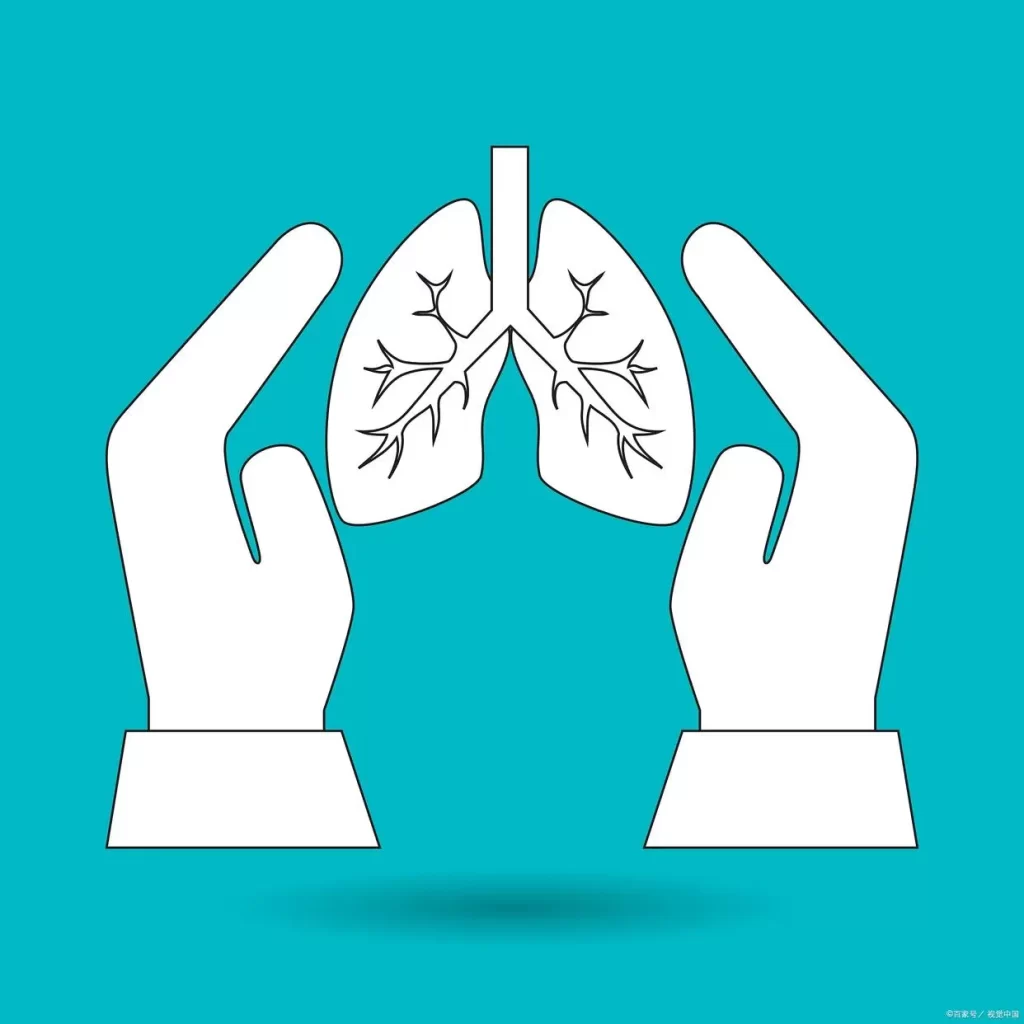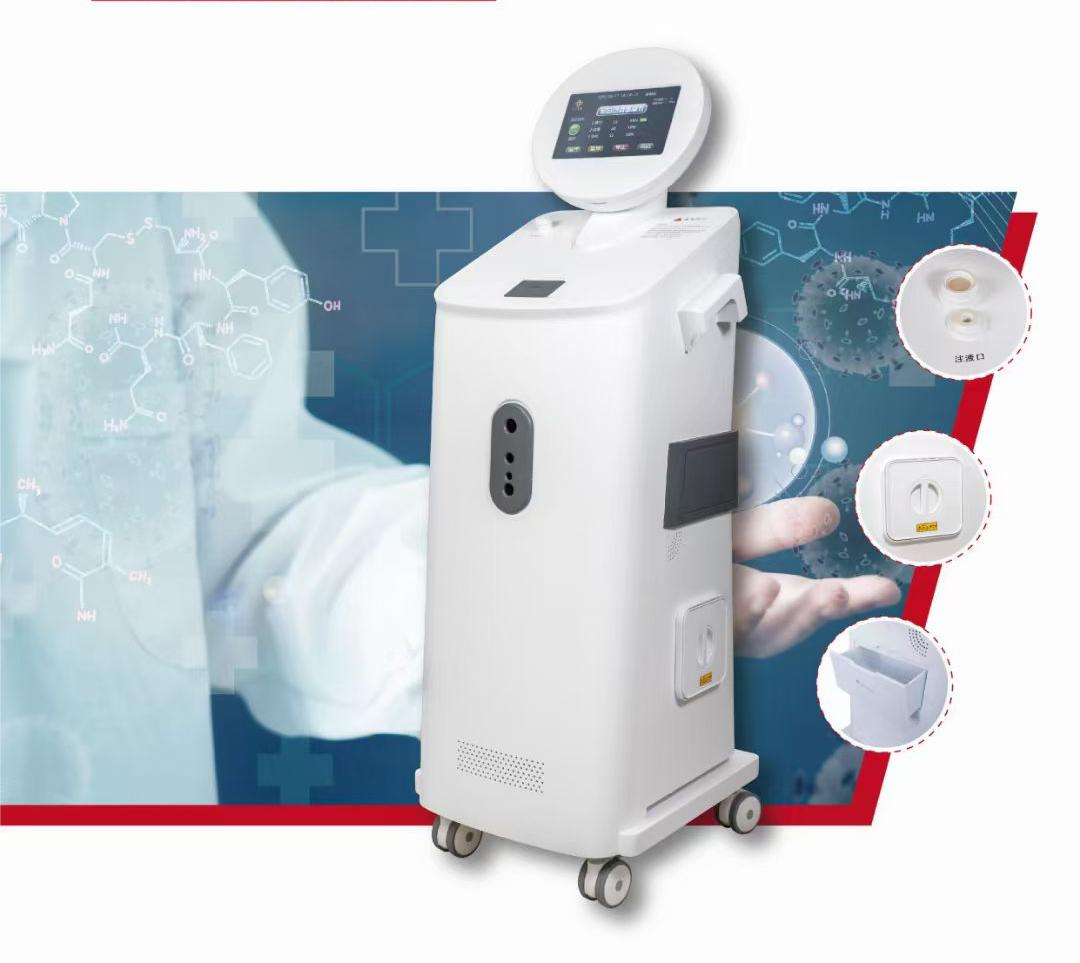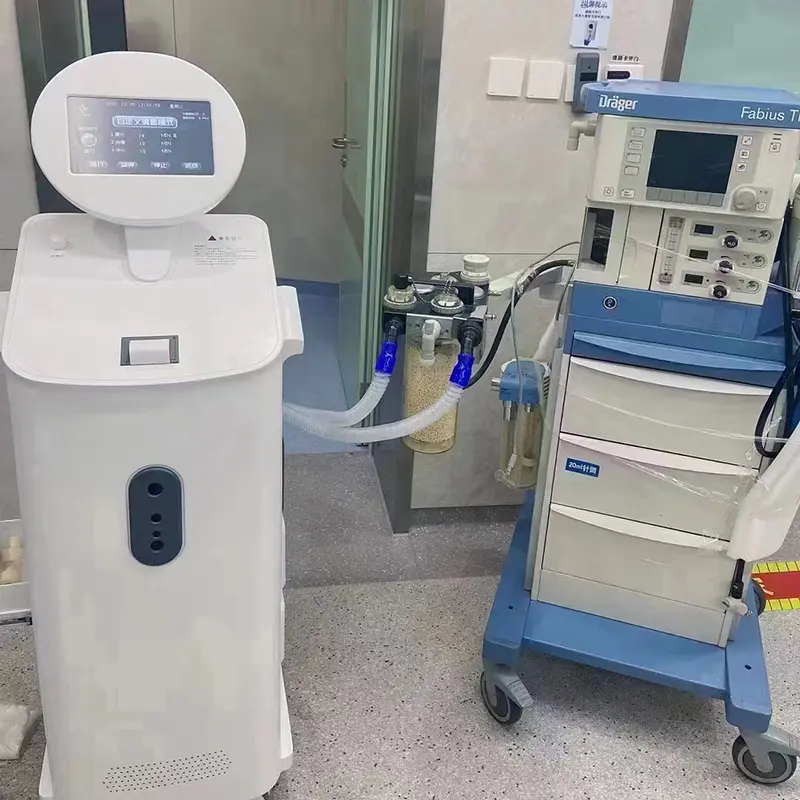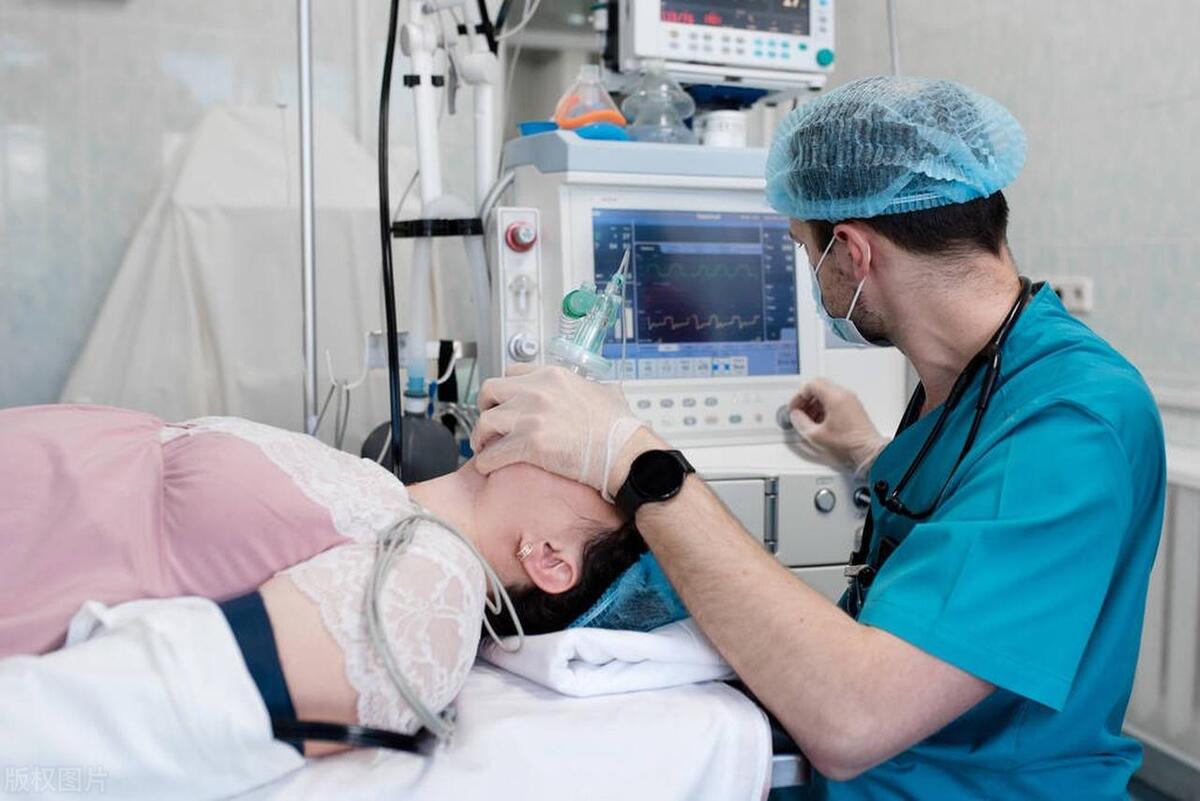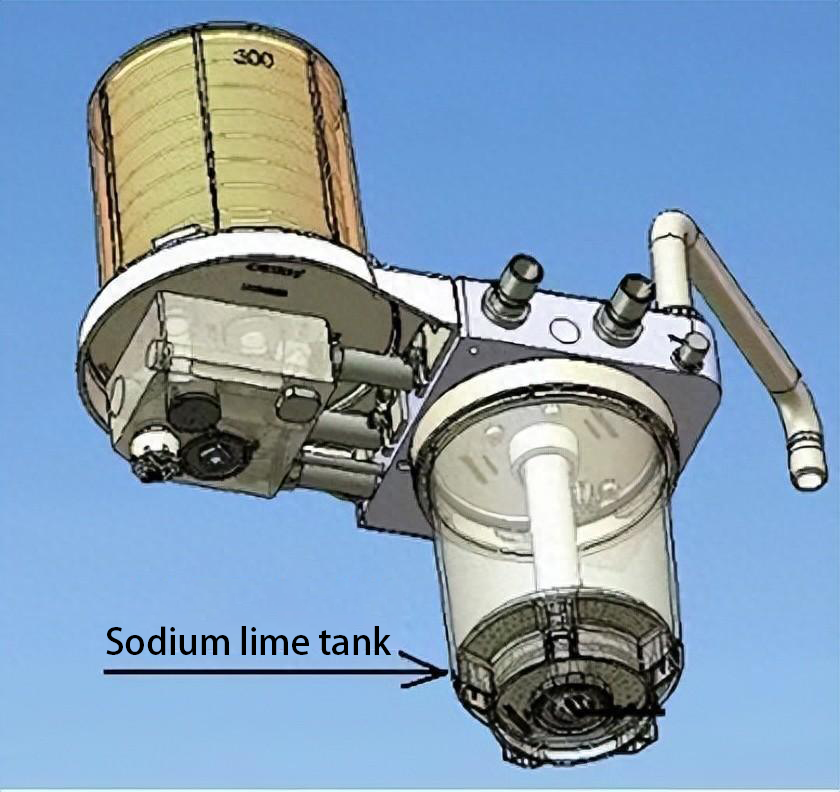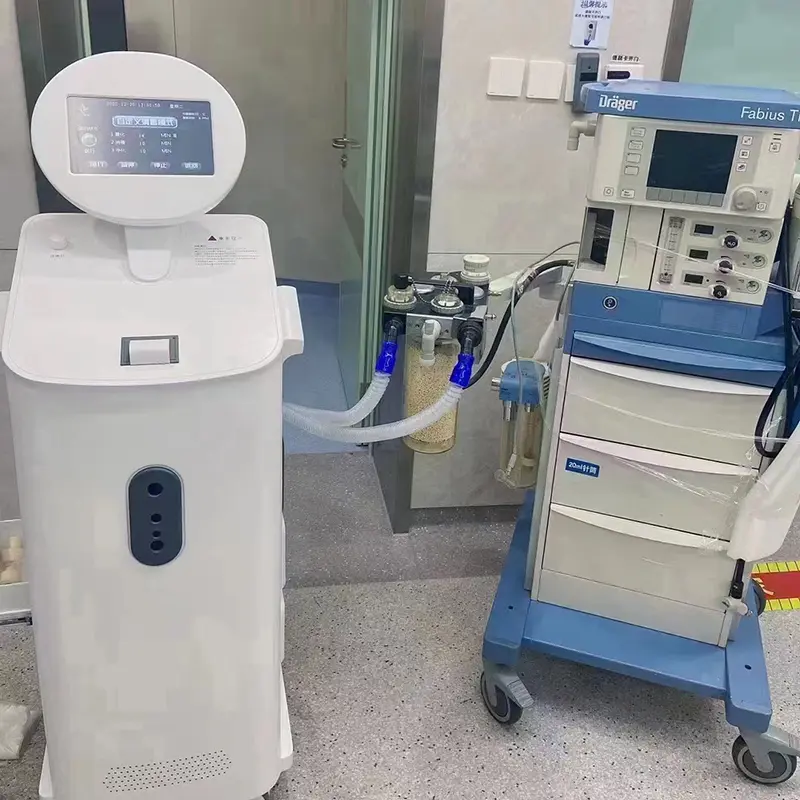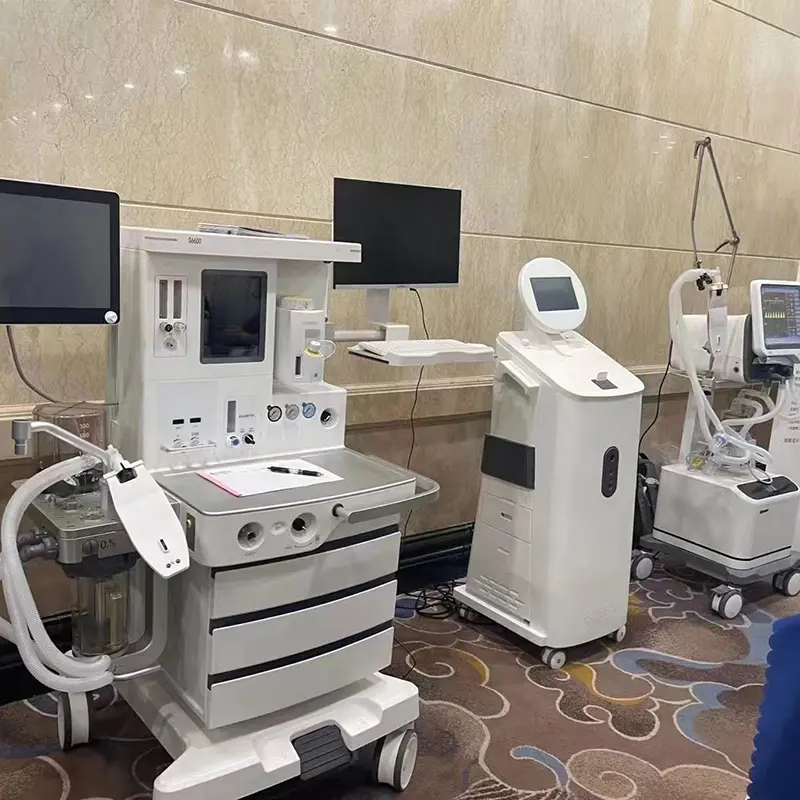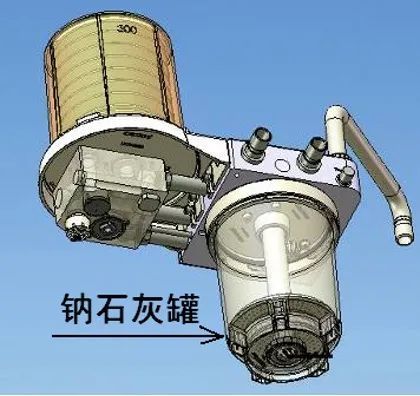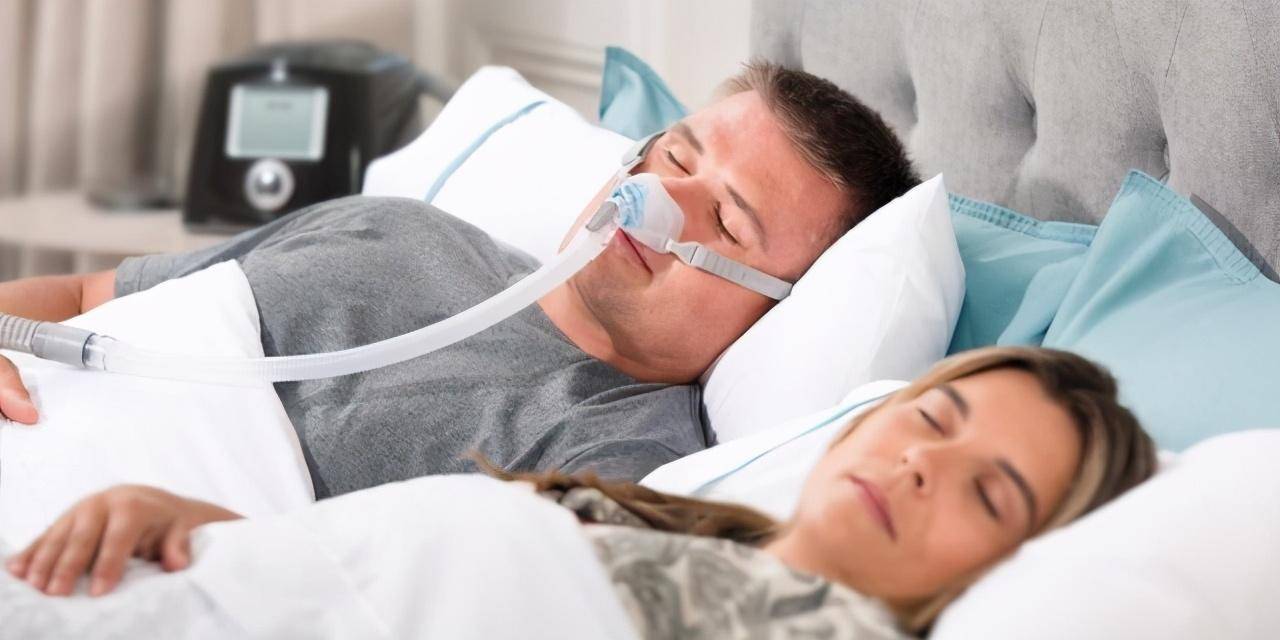In the world of anesthesia machines, there exists a humble yet critical component known as the APL (Adjustable Pressure Limiting) valve. This unassuming device, often manipulated by anesthetists during medical procedures, plays a pivotal role in ensuring the safety and efficacy of patient ventilation.
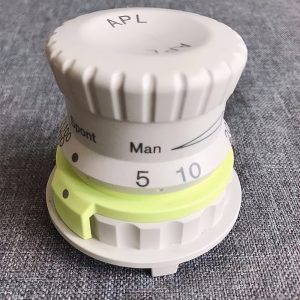
Working Principle of the APL Valve
The APL valve operates on a simple but essential principle. It comprises a spring-loaded disk, and its function involves adjusting the pressure within the breathing circuit. By turning a knob, the tension of the spring and thus the pressure applied to the disk can be modified. The valve remains closed until the pressure in the breathing circuit, represented by the green arrow, surpasses the force applied by the spring, indicated by the pink arrow. Only then does the valve open, allowing excess gas or pressure to escape. The gas released by the APL valve is typically directed to a scavenging system, ensuring the safe removal of excess gases from the operating room.

Applications of the APL Valve
Checking Anesthesia Machine Integrity
One crucial application of the APL valve is in verifying the integrity of the anesthesia machine. Various methods, depending on the manufacturer's guidelines, can be employed. For instance, after connecting the anesthesia machine to the breathing circuit, one can close the APL valve, occlude the Y-connector of the breathing circuit, and adjust the oxygen flow and quick flush valve to achieve an airway pressure reading of 30 cmH2O. If the pointer remains stable for at least 10 seconds, it signifies good machine integrity. Similarly, one can test the machine by setting the APL valve at 70 cmH2O, closing the oxygen flow, and engaging the quick flush. If the pressure remains at 70 cmH2O, it indicates a well-sealed system.
Patient-Spontaneous Breathing State
During a patient's spontaneous breathing, the APL valve should be adjusted to "0" or "Spont." These settings fully open the APL valve, ensuring that the pressure within the breathing circuit remains close to zero. This configuration minimizes the additional resistance patients would otherwise encounter during spontaneous exhalation.
Induction of Controlled Ventilation
For manual ventilation, the APL valve is adjusted to a suitable setting, typically between 20-30 cmH2O. This is important as peak airway pressure should generally be kept below 35 cmH₂O. When giving positive pressure ventilation by squeezing the breathing bag, if the pressure during inspiration exceeds the set APL valve value, the APL valve opens, allowing excess gas to escape. This ensures that pressure is controlled, preventing harm to the patient.
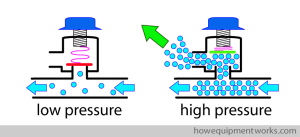
Maintenance of Mechanical Ventilation during Surgery
During mechanical ventilation, the APL valve is essentially bypassed, and its setting has little impact. However, as a precaution, it's customary to adjust the APL valve to "0" during machine control ventilation. This facilitates the transition to manual control at the end of surgery and allows for observation of spontaneous breathing.
Expansion of Lungs Under Anesthesia
If lung inflation is necessary during surgery, the APL valve is set to a specific value, usually between 20-30 cmH₂O, depending on the required peak inspiratory pressure. This value ensures controlled inflation and avoids excessive pressure on the patient's lungs.
In conclusion, while the APL valve may seem inconspicuous in the world of anesthesia machines, its role is undeniably significant. It contributes to patient safety, effective ventilation, and the overall success of medical procedures. Understanding the nuances of the APL valve and its various applications is essential for anesthetists and healthcare professionals to ensure the well-being of patients in their care.

